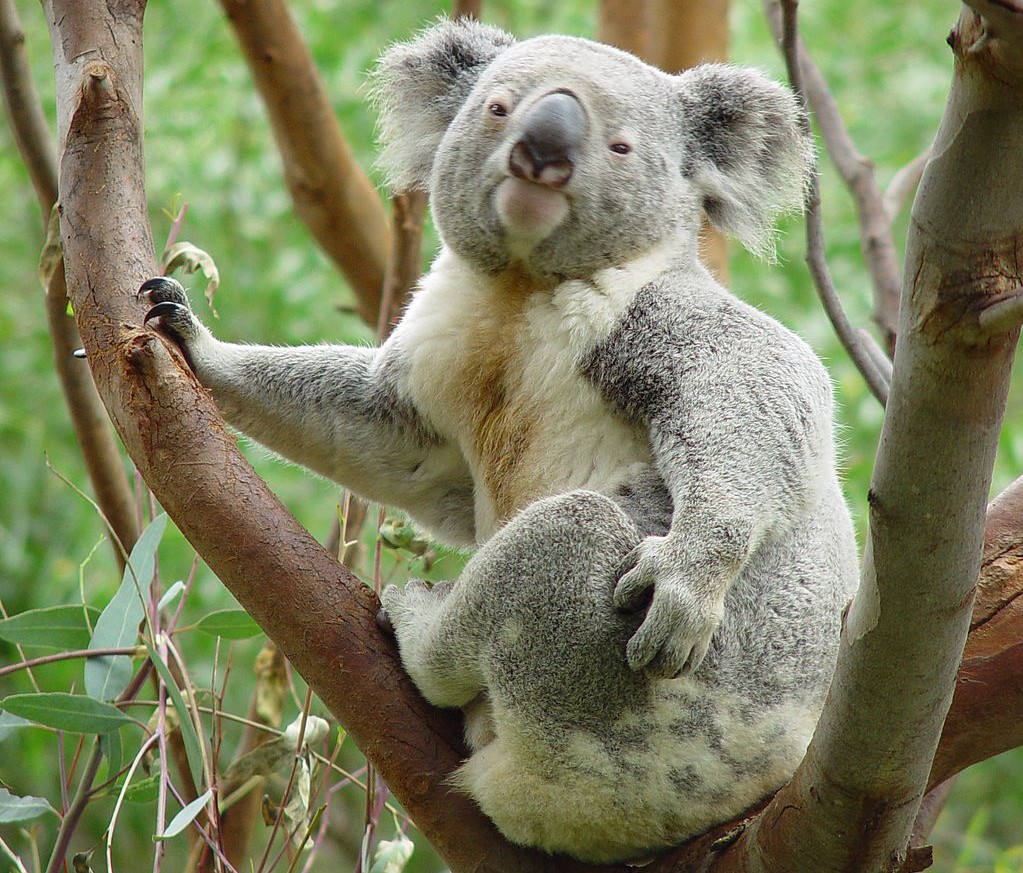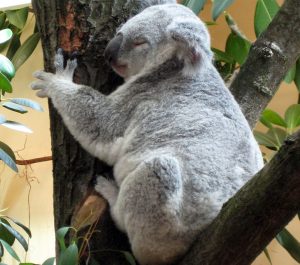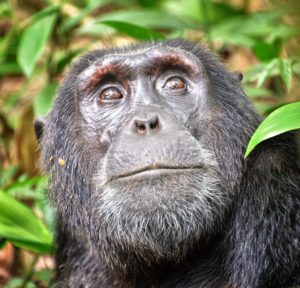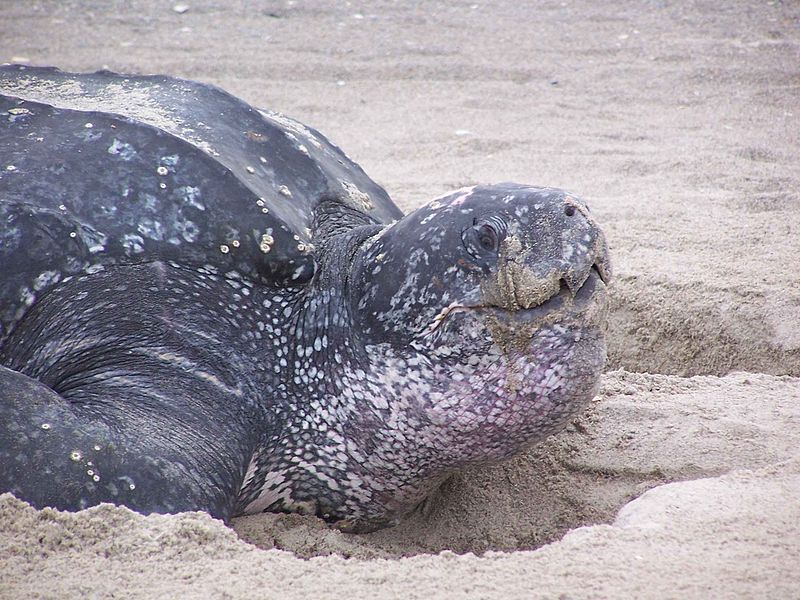Understanding Long-term Stressors on Koalas
The Australian icon, the koala, is facing extinction due to bushfires and habitat loss. However, impacts of these stressors over the long-term has not been known. A recent study has shown that this species is facing a significant impact of human population growth and that conservation action must be taken.
 Image: By BurningWell [Public domain], via Wikimedia Commons
Image: By BurningWell [Public domain], via Wikimedia Commons Australia’s national wildlife icon, the Koala currently sits on the brink of extinction due to environmental trauma and diseases. It is unknown exactly how many koalas remain in the wild, but populations are declining across Australia. This decline has been linked to bushfires and habitat fragmentation caused by human activities, such as land clearing for development. However, long-term trends of such stressors and their impact have been unclear.
Now, analysis of three decades of koala rescue data has provided new insights into long-term patterns of stressors that impact koala populations in the Australian state of New South Wales. Renae Charalambous and Edward Narayan of Western Sydney University and The University of Queensland presented these findings recently in the journal PLOS ONE.
To better understand these long-term patterns, Charalambous and Narayan analysed data from three wildlife rescue groups in New South Wales. The data cover a period from 1989 through to 2018. It included 12,543 koala sightings and instances in which a koala was admitted for clinical care from wild koala populations across the major hotspots for the species in South-eastern Australia.
The authors of the study state: “The wealth of data available to us and the retrospective analysis enabled us in a way to ‘zoom out’ and reveal how the key environmental stressors have fluctuated spatially and temporally. Our data provides strong evidence of added pressures of increased human population growth in metropolitan zones.”
Analysis of the data revealed that the most common reason a koala was recorded as a sighting or admitted for clinical care was disease – most often signs of chlamydia. Most koalas that were sighted or admitted for clinical care were released. Incidents of disease increased over the course of the study period, while incidents of release fell and incidents of euthanasia rose. The regional area with the highest number of koalas found was Lismore, which has a high level of human population growth associated with deforestation of koala habitat.
The researchers conclude that their data indicates a significant impact of human population growth on koala populations through a variety of stressors, including habitat disturbance, vehicle collisions, and dog attacks. Furthermore, stress to the koala immune system resulting from bushfires and human disturbance of koala habitat may explain the prevalence of disease. Creation of sustainable connectivity between land use for agriculture and native wildlife conservation is of paramount importance at the local and national level.
These findings could help inform efforts to address koala population decline through such actions as bushfire control, sustainable agricultural practices, environmental planning, and governmental policy.
“This will ensure that in the next decade (beyond 2020), NSW koalas will hopefully start to show reversed trends and patterns in exposure to environmental trauma and disease, and population numbers will return towards recovery and stability,” the authors conclude.




No comments yet.